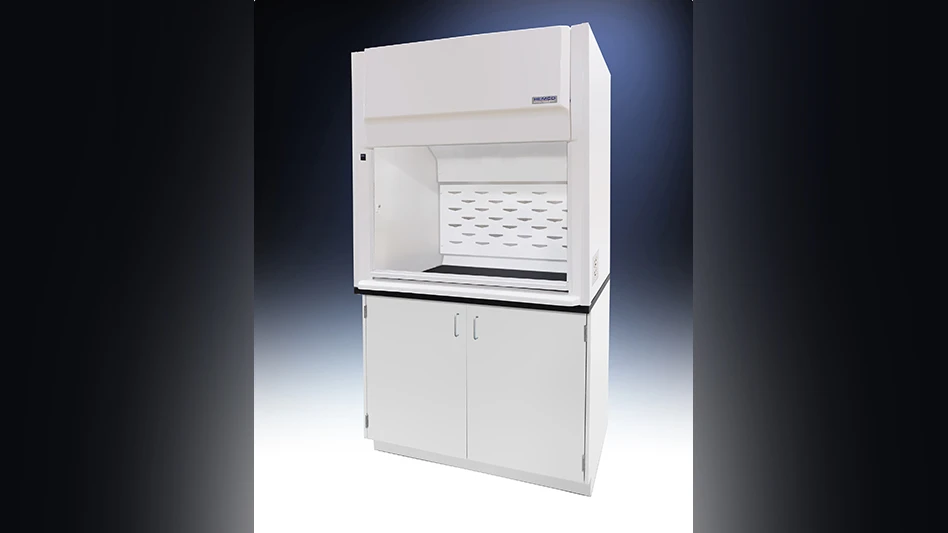
Additive manufacturing (AM) is poised to become a central building block in the future. Already radically changing how products are designed and manufactured, AM’s progress still needs representatives across the manufacturing spectrum to fulfill its potential.
New associations can stimulate fresh synergies. At the first Munich Technology Conference in October 2017, industry experts discussed key trends in AM and how the participants in the value chain can be a catalyst for advances. Event host Oerlikon created a platform for participation from key industry representatives, including GE Additive, Lufthansa, Premium Aerotec, MTU Aero Engines, Ruag Space, and Airbus. Participants shared their know-how with experts from universities, government officials, and association leaders. The mutual goal was to exchange practical experiences and ideas for the future and discuss ways to overcome the obstacles and challenges with increasing AM’s adoption.
Munich, a technology hub and one of Europe’s most innovative cities, is also the home of Oerlikon’s Innovation and Research Center for Additive Manufacturing, where more than 35 engineers, specialists, and technicians collaborate to connect the dots between materials science, component design, production, and post-processing. This work is bolstered by the partnership with Technical University of Munich (TUM) and proximity to Munich-based global leading players in the aerospace, automotive, and medical industries.
Giving digitalization physical form
People have used tools and machines for millennia to cut forms from stone or metal. 3D printing, the basis for AM, reverses that approach. In the words of Prof. Dr. Schleifenbaum, Rheinisch-Westfälische Technische Hochschule (RWTH) Aachen, “The beauty of AM is that you can directly transform an idea into reality.”
Engineers can create objects in a manner that replicates forms found in nature and design objects to fulfill precise functions. New objects can be built by adding layer upon layer of a material, whether metal, plastics, or ceramic.
Equally important, AM has the capacity to significantly change the manufacturing landscape with improvements and efficiency, which in turn will open manufacturing locations in more places, regardless of local labor costs.

Reducing weight, emissions
The aerospace sector is an important pioneer in applying metal AM technology. AM is helping the industry increase production efficiency and intelligence to boost performance, control emissions, and promote greater safety.
These objectives align with aerospace performance targets. As Jonathan Meyer of Airbus noted at the conference, “The main drivers in aerospace are CO2 emissions targets and the ‘
In other words, reduce weight, particularly in areas exposed to high friction.
Engineers have developed new, geometrically complex products due to the design flexibility offered by AM. From engine and turbine parts to cabin interior components, all of them are made to deliver improved functionality and reduce weight.
“In a product that was manufactured for an Airbus transport plane, AM reduced the number of parts by 98%, the weight by 48%, the costs by 30% – all while keeping performance at the same level,” Gerd Weber of Premium Aerotec said.
These advances are key to achieving greater fuel efficiency and reducing CO2 emissions. By one calculation, decreasing each plane’s weight by 500g generates a
Michael Schreyögg, chief program officer at MTU Aero Engines AG, pointed out a further benefit, “AM can increase airplane engine efficiency through innovative cooling designs.”
Improved cooling enables operating engines at a higher temperature, which in turn increases engine efficiency.
AM is now being used for prototyping and relatively small series component production. However, the possibilities in diverse industries
“AM could be used for low volume parts where it offers prototyping at a high speed, leading to faster innovation cycles,” Meyer added. “For higher volume parts there are a lot of benefits: Optimized parts production, more integrated structures, and less supply disruption.”
AM’s development could pave the way for new business models and opportunities across innovative value chains. New repair and replacement businesses are on the cusp of emerging. Meanwhile, companies such as Siemens are planning to tackle design and software solutions.

Materials driving AM
Oerlikon is investing heavily in AM industrialization, and Oerlikon Group’s targets are backed by the company’s ability to engineer surface solutions and advanced materials. To provide customers with lighter, more durable, and environmentally sustainable products, Oerlikon engineers continuously invest in innovations and technologies that address these needs.
OC Oerlikon Board of Directors Chairman Prof. Dr. Michael Süss is convinced, “Additive manufacturing will be key to the future competitiveness of European industry.”
Oerlikon’s focus on pioneering integrated AM services and developing new materials reflect its commitment to playing a key role in raising the overall competitiveness of manufacturing and in supporting customers to gain further competitive advantages.
Airbus S.E.GE AdditiveLufthansa
www.lufthansa.com
MTU Aero Engines AG
www.mtu.de
Oerlikon
www.oerlikon.com
Premium Aerotec
www.premium-aerotec.com/en
Ruag Space
www.ruag.com/en
RWTH Aachen
www.rwth-aachen.de

Explore the April 2018 Issue
Check out more from this issue and find your next story to read.
Latest from Aerospace Manufacturing and Design
- 2024 Favorites: #10 Article – How 3D-printed aviation parts can accelerate return to air
- 2024 Favorites: #10 News – Boom Supersonic completes Overture Superfactory
- OMIC R&D hosts Supporting Women in Manufacturing Day 2024
- 4D Technology's AccuFiz SWIR interferometer
- Seventh Lockheed Martin-built GPS III satellite launches
- KYOCERA AVX's CR Series high-power chip resistor
- UT researchers receive Air Force grant for wind tunnel
- Monticont's linear voice coil servo motor





